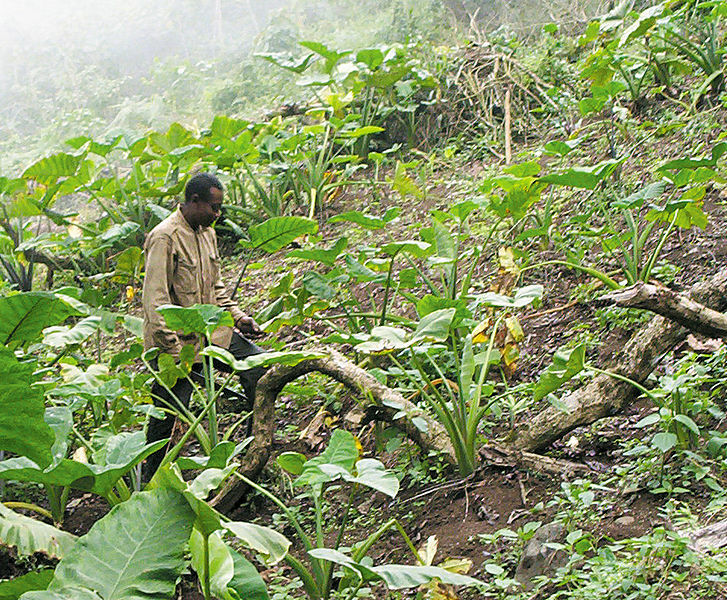- このトピックは空です。
- 投稿者投稿
- 3月 14, 2025 5:41 pm #595010

Cocoyam farming in Nigeria present significant challenges to both smallholder farmers and the broader agricultural sector. These issues impact production, profitability, and the overall sustainability of cocoyam cultivation.
1. Pests And Diseases
Cocoyam is susceptible to various pests and diseases that severely affect its yield and quality.
Corm rot, caused by fungal and bacterial pathogens, is a major concern, leading to significant losses. Pests such as aphids, mealybugs, and cocoyam beetles also inflict damage, reducing plant vigor and corm production.
The lack of resistant varieties and effective pest and disease management strategies exacerbates these problems.
2. Limited Access To Improved Planting Materials
Many farmers rely on traditional cocoyam varieties and planting materials, which often have low yields and are susceptible to diseases. Access to improved, high-yielding varieties with resistance to pests and diseases is limited. The lack of effective seed systems and distribution networks further hinders the adoption of improved planting materials, limiting productivity.
3. Inadequate Agronomic Practices
Poor agronomic practices, such as improper planting techniques, inadequate weed control, and inefficient nutrient management, contribute to low cocoyam yields.
Many farmers lack access to training and extension services that provide guidance on best practices. This results in suboptimal crop management and reduced productivity.
4. Post-Harvest Losses And Processing Challenges
Cocoyam is a perishable crop, and post-harvest losses due to spoilage and decay are significant. Inadequate storage facilities and poor handling practices contribute to these losses.
Processing cocoyam into value-added products, such as flour or chips, is also limited by the lack of appropriate processing technologies and infrastructure.
5. Climate Change And Environmental Factors
Climate change poses a growing threat to cocoyam farming in Nigeria. Changes in rainfall patterns, increased temperatures, and more frequent extreme weather events can negatively impact crop yields and increase the risk of pest and disease outbreaks.
Soil degradation and erosion, exacerbated by unsustainable farming practices, also contribute to environmental challenges.
The problems facing cocoyam farming in Nigeria require a multifaceted approach to address. Investing in research and development, improving access to improved planting materials, providing training on best agronomic practices, enhancing post-harvest management, and mitigating the impacts of climate change are crucial for ensuring the sustainability and profitability of cocoyam farming.
Read Also: Combating Coccidiosis: How to Treat in Broiler Chickens
- 投稿者投稿
- このトピックに返信するにはログインが必要です。

